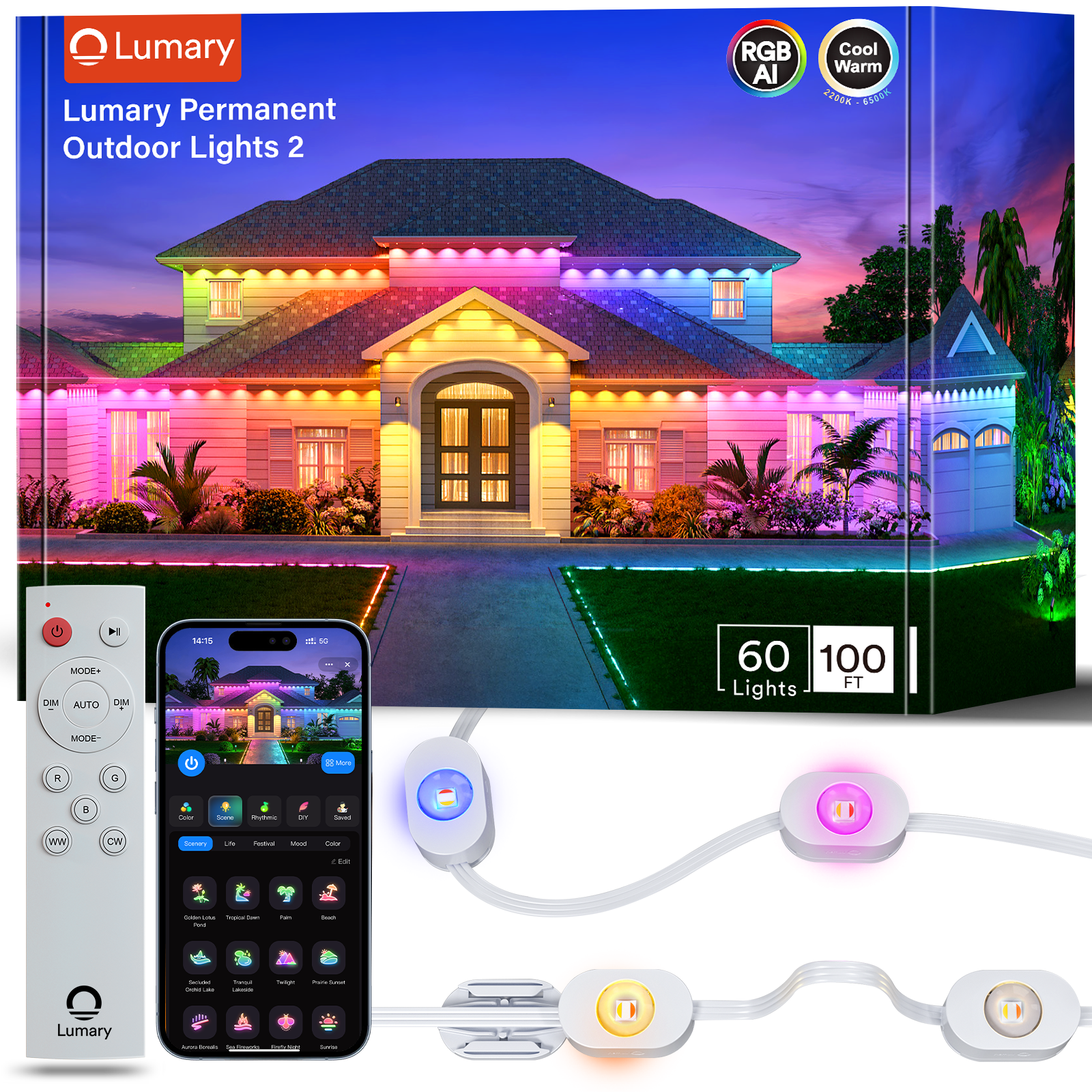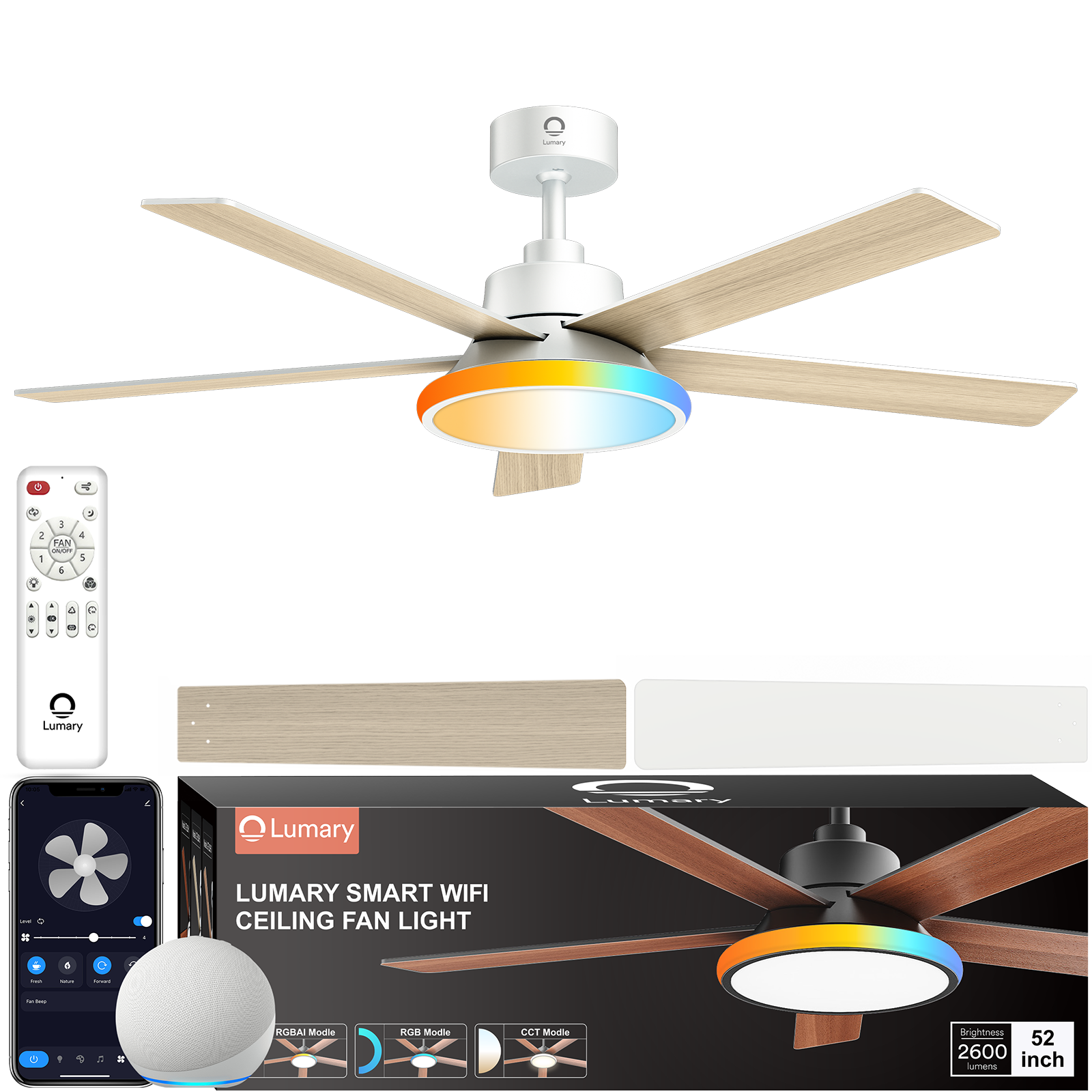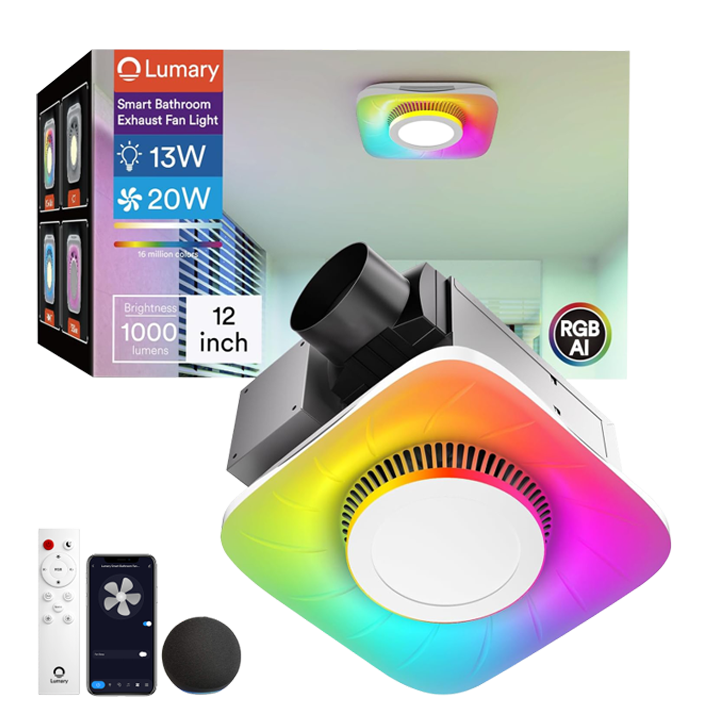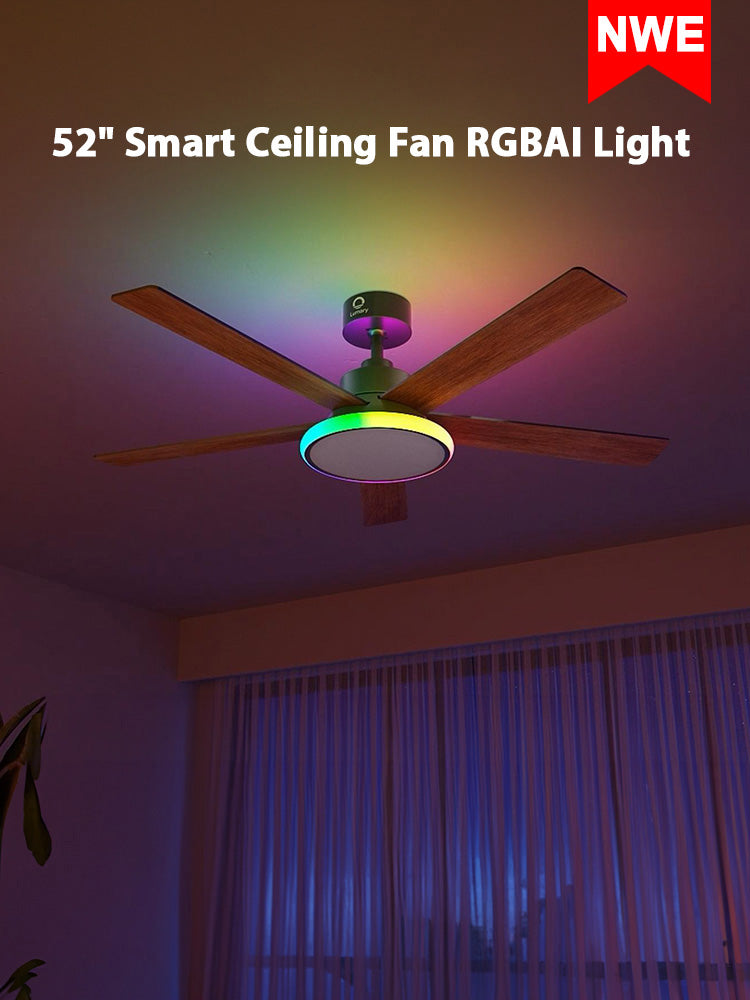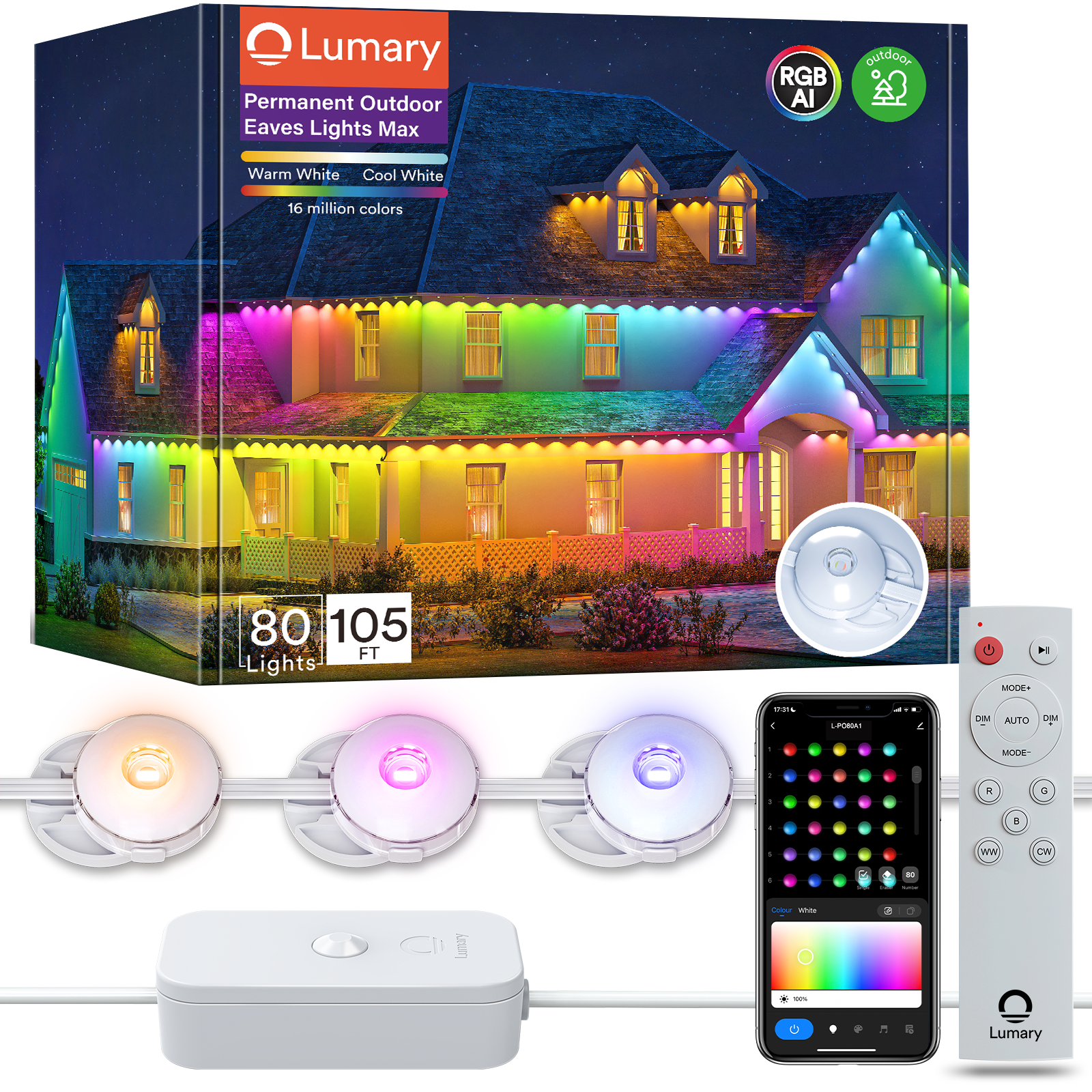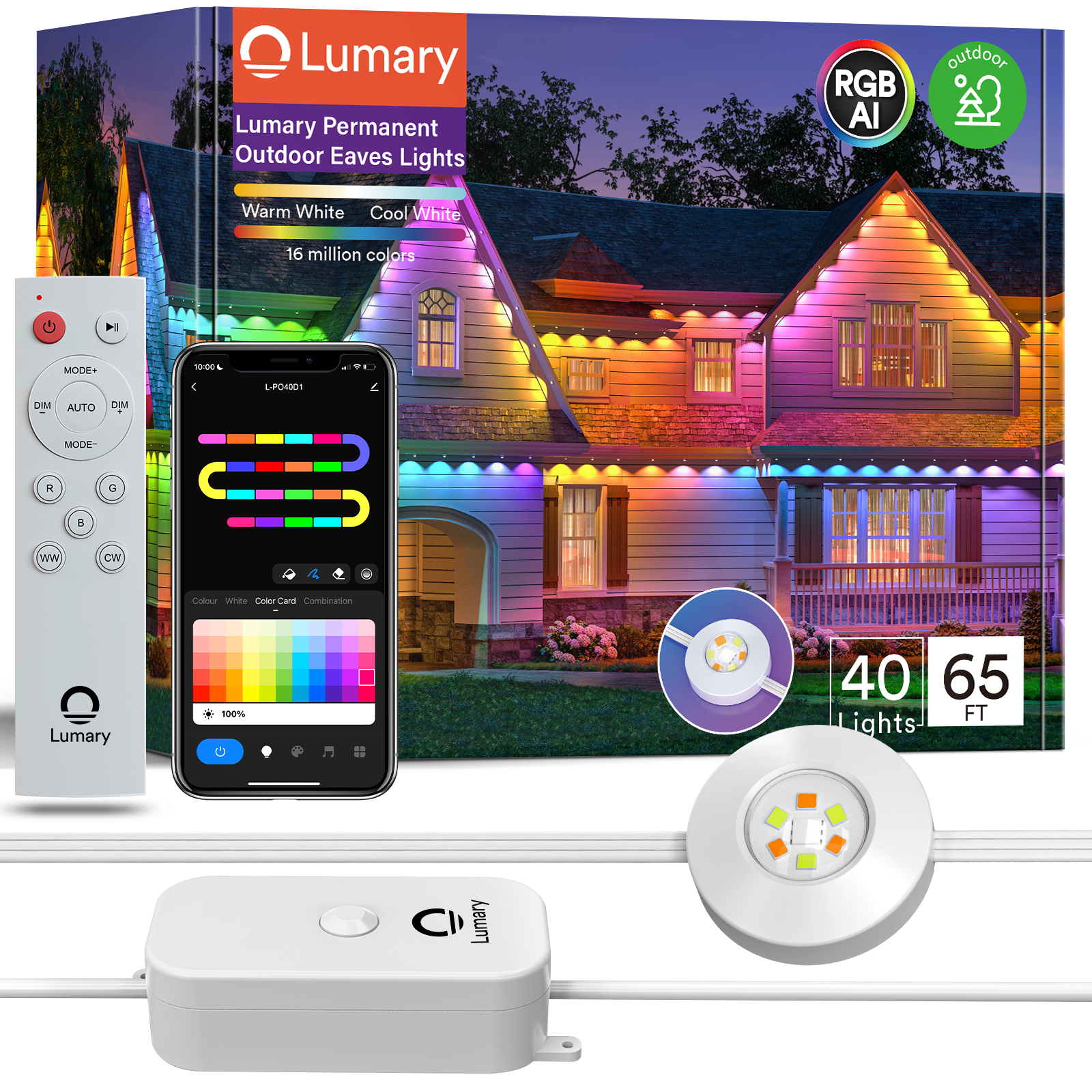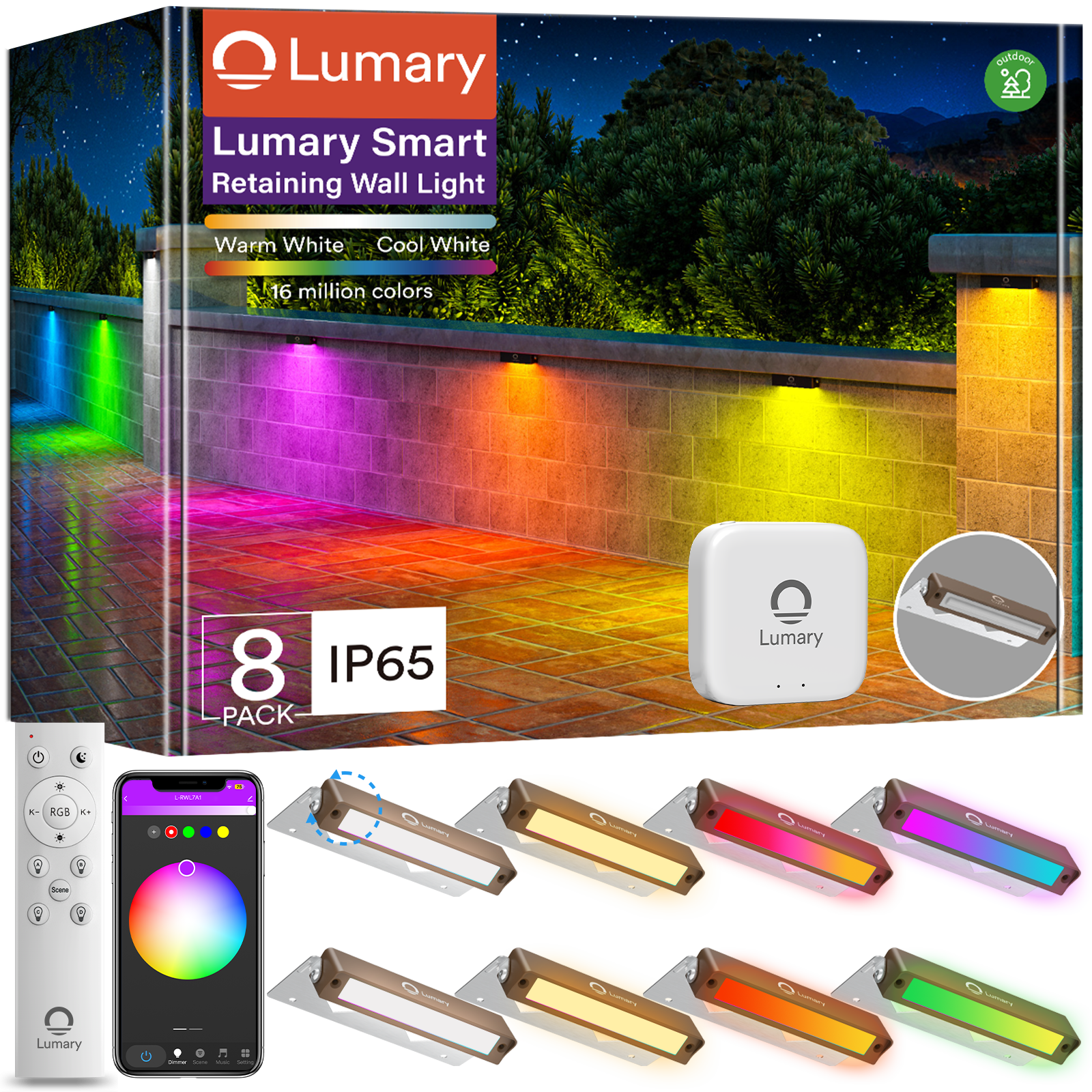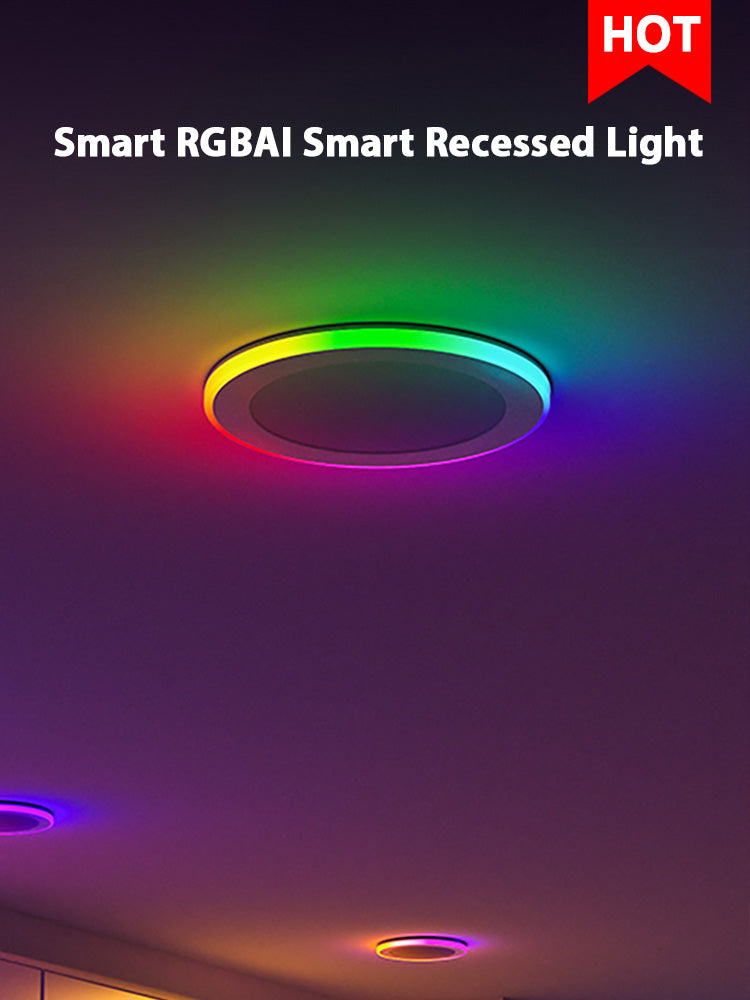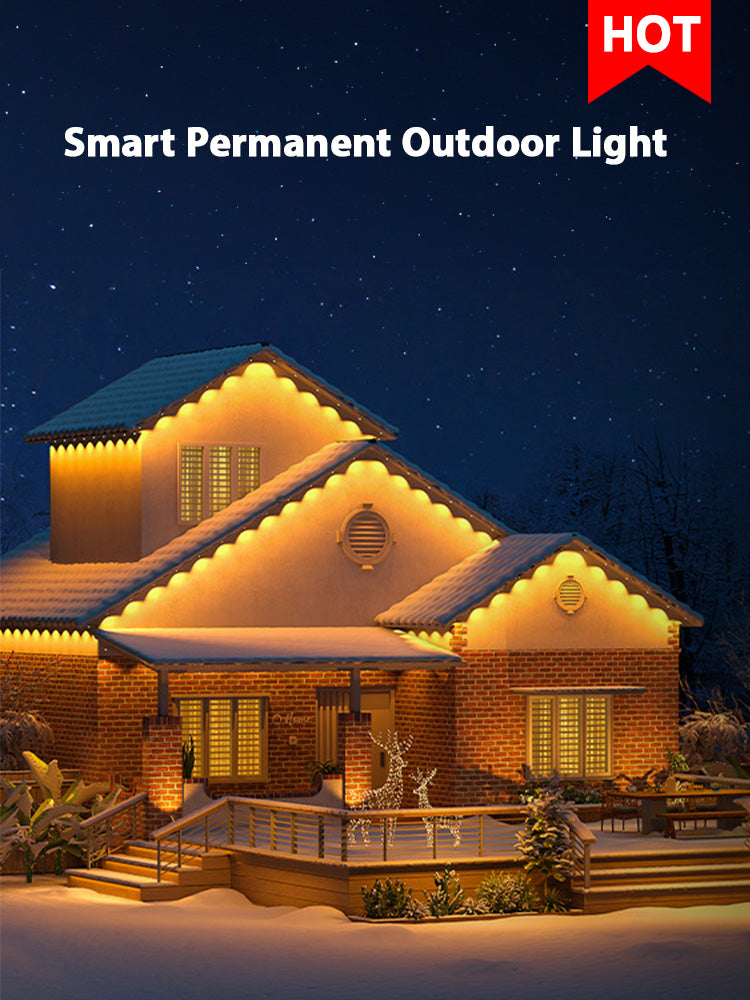Introduction
smart recessed lights have become popular in recent years for their intelligent features like adjustable color temperature, app and voice control, built-in automation based on sensors and integration with other smart devices. But are these advanced fixtures the best fit for your home? This article provides guidance on picking ceiling lights to match your needs.

Comparing Traditional and smart recessed lights
Unlike basic ceiling lights with on/off switches, smart recessed lights offer:
- Color tuning from warm white (2700K) to cool daylight tones (5000K+) to match activities or wall colors.
- Control via smartphones and voice assistants like Alexa for remote access and lighting automation.
- Integration with smart home platforms to create lighting scenes and schedules.

These features allow more flexible and convenient lighting management. But smart lights also have steeper learning curves and compatibility issues with other smart products.
Choosing the Proper Brightness
Lumens indicate the light output of a light bulb or fixture. Some recommended lumens by room:
- Living Room: 1400-1800 lumens
- Bedroom: 800-1200 lumens
- Kitchen: 1800-2200 lumens
Additionally, consider the ceiling height. According to the Illuminating Engineering Society (IES), for every 2 feet increase in height, brightness decreases by 20%.
For example:
- 8 feet ceiling: 300-400 lumens
- 12 feet ceiling: 500+ lumens
- 16 feet high lobby: 600-800 lumens
And calculate the room size. For every 10 square feet extra area, add around 30-50 lumens. A 200 sq ft living room needs an additional 30*20 = 600 lumens.
Matching Lighting to Walls and Furniture
- Warm white lights (2700-3000K) complement neutral wall colors, while cool white lights (4000K+) pair better with colorful paints.
- Position ceiling lights to avoid large furniture blocking. Add task lighting if needed for desks or seating areas.
- Brighter lights work well on dark accent walls. Softer lights prevent glare on light walls.

Scene Lighting for Different Rooms

Bedrooms - Layer ambient ceiling lighting with accent wall fixtures like sconces. Add dimmers for cozy nighttime lighting.
Kitchens - Provide bright task lighting over countertops balanced with softer dining area lighting.
Living Rooms - Combine overall ceiling illumination with accent lighting on art/shelves and floor/table lamps.
Consider Functionality, Not Just Smart Features
While smart lights provide conveniences like scheduling and voice control, they may be overkill for basic needs. Dimmable non-smart fixtures can often create suitable lighting scenes more affordably. Prioritize your goals before indulging in fancy smart recessed lights.

Conclusion
smart recessed lights offer intelligent automated lighting management. But thoughtfully evaluate room sizes, ceiling heights, wall colors and furniture layouts before choosing fixtures. Balance functionality with cost by mixing smart and basic ceiling lights. With planning, you can design flexible and aesthetically pleasing lighting that enhances any living space.

